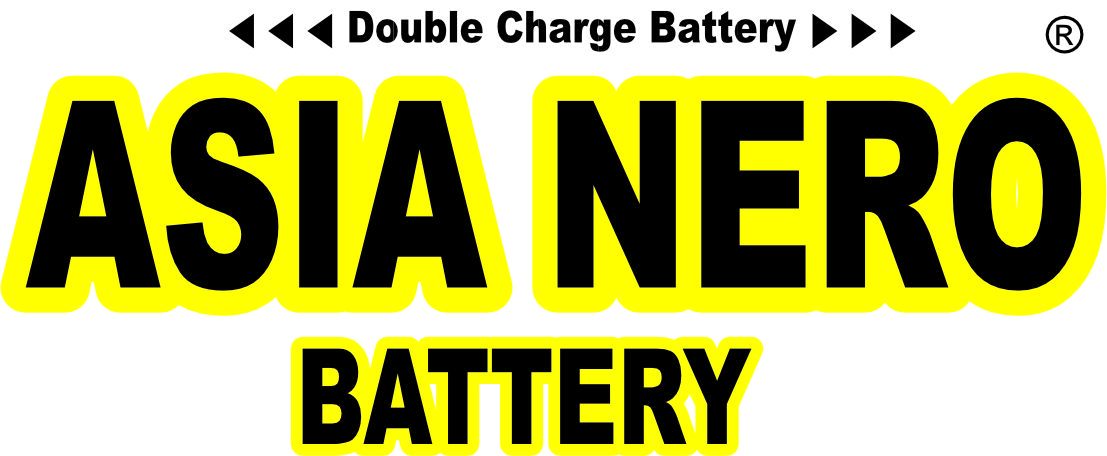OUR AIM – NO ACCIDENTS
QUALITY IS SUCCESS BY PURPOSE NOT ACCIDENT
We regard our customers’ feedback as a valuable tool to evaluate our quality.

Industrial Ideas

Expert Team

Modern Equipment

Customer Support
Check out our Products
Latest Products arrival

Follow traffic rules – Save your future
About Our Industrial Company
We are truly your ‘One Source’ and it’s our job to get you on operational and back on-line fast. Our list of services is comprehensive, and it features:
- MachineryEquipment relocation
- Electrical ServiceElectrical supply stores
- PredictiveAsset optimization
- EngineeringCognizant technology

Qalandari – CEO
Dare to Be Aware
Because no plant can afford an inefficient operation or unplanned downtime, Green Energy Plus ‘ Management team focuses on keeping your Davies’s Battery running at peak performance.


Technologies we support!
A Good Quality Is Not Accidental

MF Technology
The result is consistent starting power and extremely high cyclic stability.

MCB Technology
Seasonal use and sporadic recharging both place specific demands…
Get A Free Quotation
Feel free to contact us and get a free quotation

The battery is equipment which stores electrical power in the form of chemical energy and gives it back in case of need.The task of the battery gives electric current to the starter motor for the first time to work, to send current to the receivers when the vehicle engine is not working. The other task of the battery provides a balance between voltage and amperage in the electric system when the engine operates and thus to prevent the receivers from damage as a result of high voltage that the alternator may generate at high speeds.
Selection and Installation of Battery
Select the battery you desire properly according to the vehicle from the lists given in our catalog indicating characteristics of the batteries. Sizes, cold cranking current, and capacity values are important selection criteria. Activate the dry charged batteries according to the method given above and, if required, charge them.
In the case of flooded batteries stored, when the average daily temperature is less than 4°C, if the open-circuit voltage is 12.50 V and less, then recharge it according to the method given above.
If the ambient temperature is high and the open-circuit voltage is 12.40 or less, recharge it according to the method given above.
Mark the cables as +/- before you remove the old battery in order to connect the new battery correctly.
Measure the voltage value and direction of the battery to make sure it is correct; check the cable connections and battery stand carefully and clean them. Place the new battery and make the connections and tighten.
Firstly, connect the positive (+) cable. Secondly, connect the negative (-) earthed cable. Tighten carefully. As overtightening may damage the posts, be careful especially when you tighten the battery posts from sideways.
Cover the posts and cable ends with an anti-corrosive agent.
Possible reasons for discharge for Battery you bought:
- Adverse environmental and storage conditions, high temperature, humidity, etc.
- Leak currents on the car (currents drawn more than the anticipated short circuits), open lights
- Short circuits on other electric equipment and components
- Mismatch of the vehicle and battery; selection of small battery; additional onboard vehicle components (audio, light, computer systems, cooling systems)
- The insufficient charge generated by the alternator (charging generator)
Batteries consist of lead, sulfuric acid solution, and polypropylene box. For this reason, when batteries become unusable, they are risky and hazardous waste for the environment. However, an effective recycling system makes it possible to recover the polypropylene box and lead components of the batteries. Although it is also possible to recover sulfuric acid, it is mostly preferred to neutralize it.

























